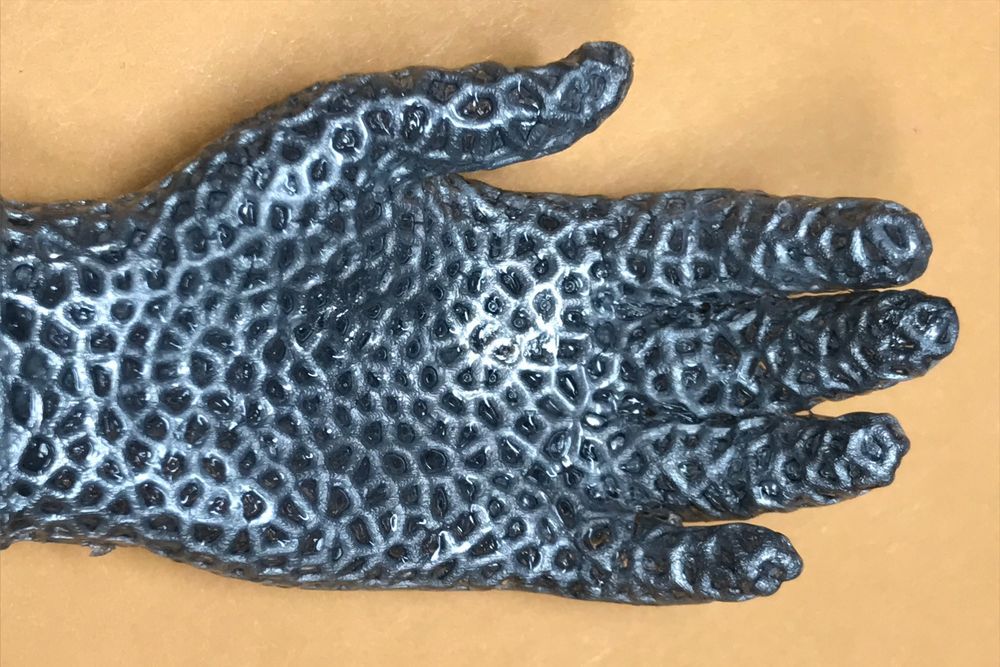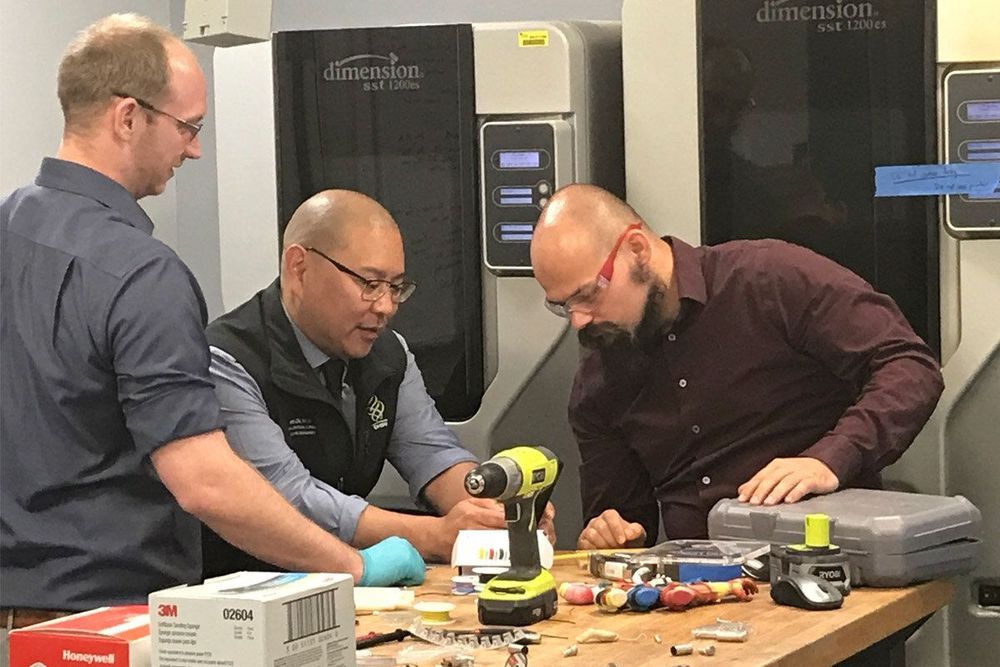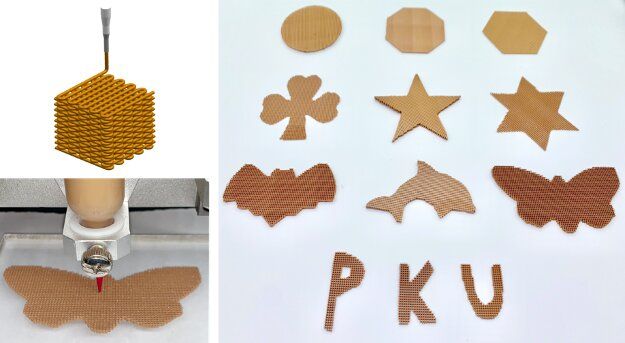May 9, 2020
Rubber “exoskeleton” lets liquid metal structures retain their shape
Posted by Quinn Sena in categories: 3D printing, cyborgs
This could allow for nanosuit armor :3.
Imagine if there were a metallic device that could be transported all squished down into a compact ball, but that would automatically “bloom” out into its useful form when heated. Well, that may soon be possible, thanks to a newly developed liquid metal lattice.
Led by Asst. Prof. Pu Zhang, a team of scientists at New York’s Bingham University started by 3D printing lattice-type structures out of an existing metal known as Field’s alloy. Named after its inventor, chemist Simon Quellen Field, the alloy consists of a mixture of bismuth, indium and tin. It also melts when heated to just 62 °C (144 °F), but then re-solidifies upon cooling.
Continue reading “Rubber ‘exoskeleton’ lets liquid metal structures retain their shape” »

















